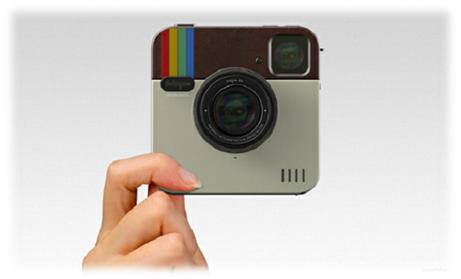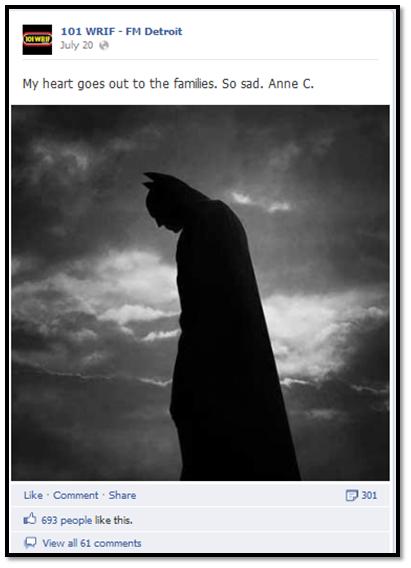 Maybe it’s a chicken-egg thing between Instagram and Facebook. Instagram was already growing quickly when Facebook acquired it. But now an Android & iPhone app, lots of buzz, and Instagram now sits at 80 million users – and growing.
Maybe it’s a chicken-egg thing between Instagram and Facebook. Instagram was already growing quickly when Facebook acquired it. But now an Android & iPhone app, lots of buzz, and Instagram now sits at 80 million users – and growing.
In just the last 13 weeks, Instagram has witnessed a 60% increase in those using its platform. To date, 4 billion photos have been shared on Instagram.
But forget those statistics and start thinking about the ways in which you and those around you use and react to photos. First, you know that because of smartphones, people are taking more pictures than ever before. When you carry a camera – embedded in a smartphone – it’s easier to take pictures of everything – because you can.
Second, as people share intimate aspects of their lives, pictures often tell that story better than words.
Third, photo sharing allows users to show the most minute details of their activities, right down to the people they’re with, the meals they eat, and the cocktails they drink.
In short, Instagram’s simple ability to share photos that you can also easily modify fits right into the usage patterns that people are already displaying with social and mobile. Between your smartphone and an app like Instagram, it’s turbo-charged. Your life – and our friends’ lives chronicled with pictures.
What does this have to do with radio?
Stations and DJs can distinguish themselves and connect with users in ways that pure-plays simply cannot. By letting photos augment the experience of listening to the radio, enjoying and appreciating music, engaging in talk about news and sports, and sharing cultural and current events, broadcasters have a new-found ability to engage with their audiences – and to enable listeners to share their pictures with their communities.
The tools are there, but yet the intellect and instinct have to show up, too.
Here’s a case in point. There’s a mass shooting in a Colorado movie theater. People all over the world are perplexed and distraught. If you’re a DJ on a music station, what can you possibly say or do to make your audience feel better, acknowledge this tragedy, and do so in a way that’s different than every other personality? How can you make listeners feel like they’re part of something bigger and more important? How can you comfort them during a time when they’re literally dazed and confused?
As stations all over America are posting condolences and heartfelt sympathy, these similar messages become blurred. That is, until someone comes along with a poignant picture that is truly worth 10,000 words.
Enter WRIF’s Anne Carlini who said more with this photo and nine words than anyone else we saw in the radio community – on Facebook, on Twitter, or on the air.
You can see the comments, the “likes,” and the “shares” for yourself.
(It is interesting that the ways in which we think of “sharing” may be changing. Old definition: the percentage of the listening audience that a station owns at any given point in time. New definition: the number of people who share a post with their friends and fans.)
The best DJs, shows, and talk hosts know how to emotionally connect with audiences using words, production, music, topics, and bits.
Now they have to learn how to communicate with pictures.
People are changing. The ways in which they emote, respond, and feel loyalty are evolving.
Radio has to change right along with them.
- Can Radio Win “The Last Touch/First Touch Challenge?” - April 4, 2025
- How Will Radio Fare In The Battle For The Fourth Screen? - April 3, 2025
- Like A Pair Of Old Jeans - April 2, 2025





Leave a Reply